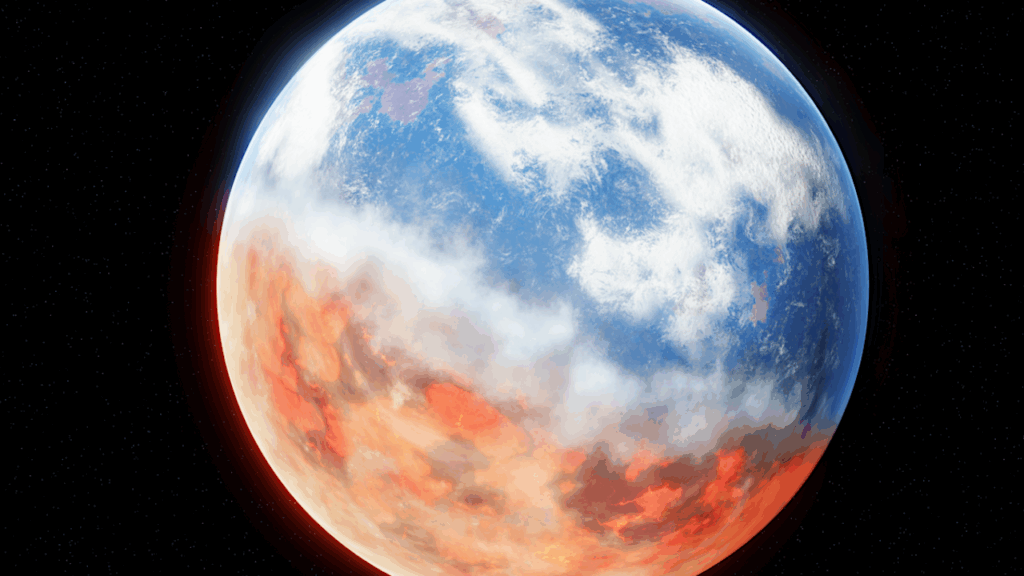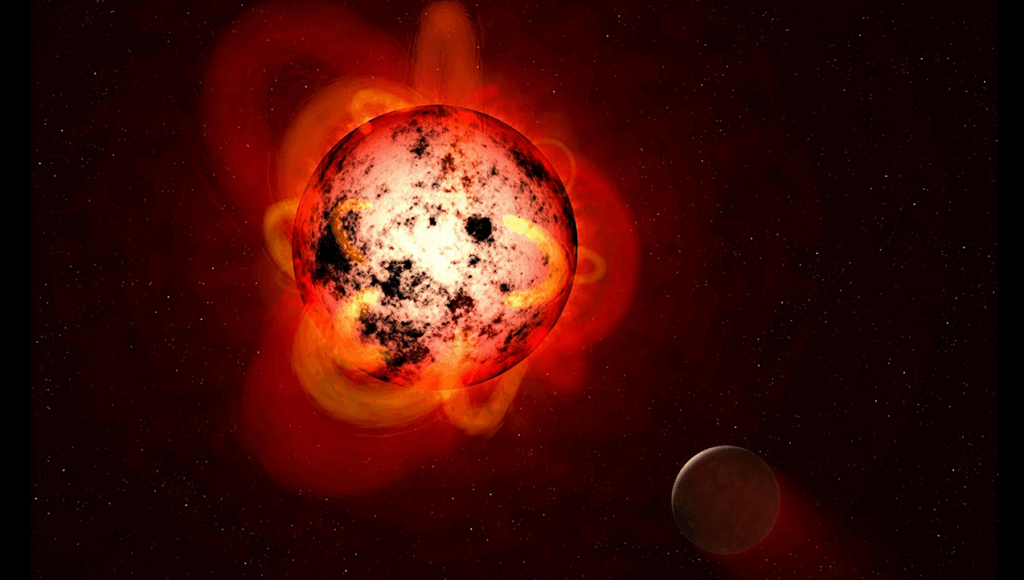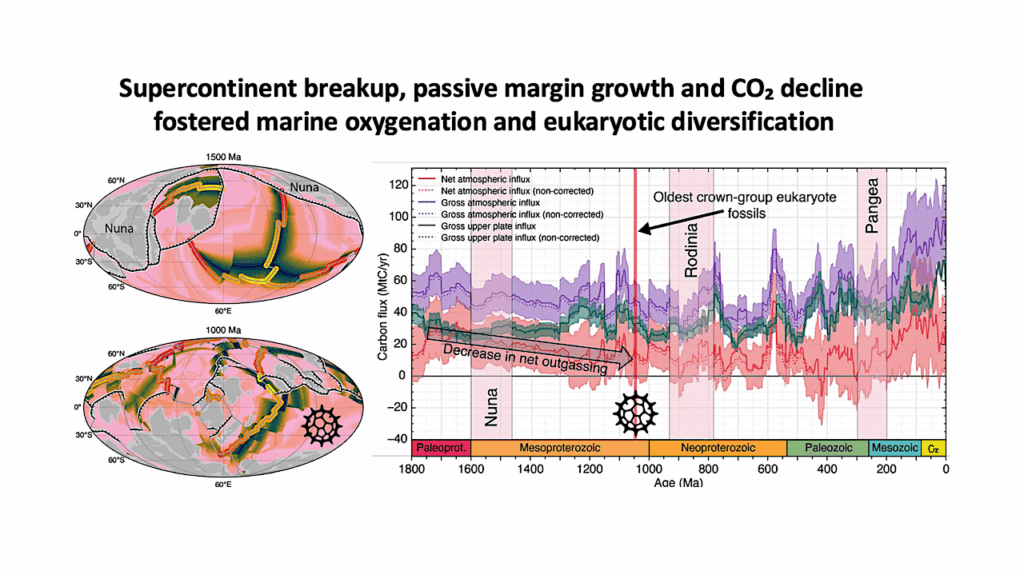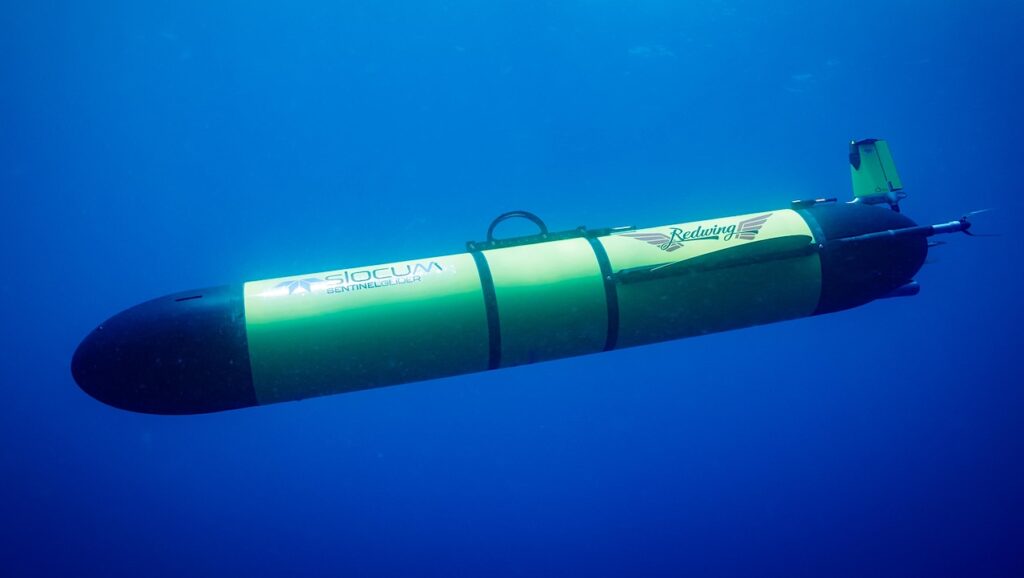How to Characterize Habitable Worlds and Signs of Life

The detection of exoplanets orbiting other stars has revolutionized our view of the cosmos. First results suggest that it is teeming with a fascinating diversity of rocky planets, including those in the habitable zone.
Even our closest star, Proxima Centauri, harbors a small planet in its habitable zone, Proxima b. With the next generation of telescopes, we will be able to peer into the atmospheres of rocky planets and get a glimpse into other worlds. Using our own planet and its wide range of biota as a Rosetta stone, we explore how we could detect habitability and signs of life on exoplanets over interstellar distances. Current telescopes are not yet powerful enough to characterize habitable exoplanets, but the next generation of telescopes that is already being built will have the capabilities to characterize close-by habitable worlds.
The discussion on what makes a planet a habitat and how to detect signs of life is lively. This review will show the latest results, the challenges of how to identify and characterize such habitable worlds, and how near-future telescopes will revolutionize the field. For the first time in human history, we have developed the technology to detect potential habitable worlds. Finding thousands of exoplanets has taken the field of comparative planetology beyond the Solar System.
L. Kaltenegger
(Submitted on 11 Nov 2019)
Comments: 50 Pages, 14 figures, Annual Reviews of Astronomy and Astrophysics. arXiv admin note: text overlap with arXiv:1708.05829 by other authors
Subjects: Earth and Planetary Astrophysics (astro-ph.EP); Instrumentation and Methods for Astrophysics (astro-ph.IM); Solar and Stellar Astrophysics (astro-ph.SR)
Journal reference: Annual Review of Astronomy and Astrophysics, 2017, 55, 433
DOI: 10.1146/annurev-astro-082214-122238
Cite as: arXiv:1911.05597 [astro-ph.EP] (or arXiv:1911.05597v1 [astro-ph.EP] for this version)
Submission history
From: Lisa Kaltenegger
[v1] Mon, 11 Nov 2019 22:05:32 UTC (1,276 KB)
https://arxiv.org/abs/1911.05597
Astrobiology








